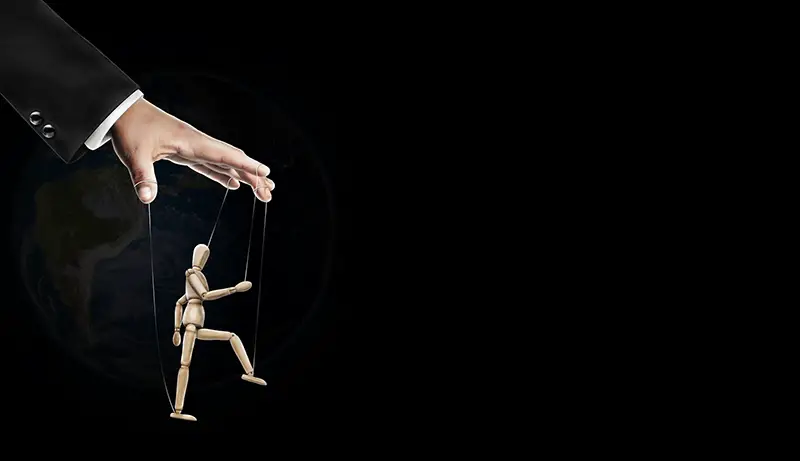Authoritarian theory of mass communication originated from the philosophy of Plato (407-327 B.C.). The English monarchs used this approach when the printing press was invented by censoring, licensing, taxation and making laws.
It is a normative theory of mass communication where mass media is influenced and overpowered by power and authority in the nations. Media must respect what authorities want and work according to the wishes of the authorities though, not under direct control of the state or ruling classes. The press and media cannot work independently and their works are suspected to censorship.

Concepts of Authoritarian Theory of Mass Communication
Authoritarian theory is taken as a theory used by the dictatorship governments, but can also be seen in democratic as well as dictatorial nations. Here, the media cannot offend or go against the majority or dominant groups. Media must remain subordinate to the authorities in authoritarian theory.
It is believed that state information, when distributed, might put security at risk and cause to be a national threat. Thus, the theory is justified by saying that state is greater than individual rights where state controls the media, especially in the time of emergencies like wars and conflicts. These situations might be internal or external.
Democratic governments also use this approach as the only option in these types of conditions. They also justify the process as to preserve social order and harmony but minority views are not censored unless the authorities do not take it as a threat to their power.
Press is taken as a weapon of the powerful. It is used to increase the power of the rulers. The authorities control media by providing rights and license to some media and not to some. Ambiguous rights are given to media and harm journalists if they do not agree to the understood censorship rules. The authorities can also cancel the license.
Sensitive issues are mostly not published or are published through press releases. There are many kinds of censorship like political censorship, military censorship, religious censorship, economic censorship, etc. Having said, the theory does not encourage homogeneous and national culture like Totalitarianism.
Major Features of Authoritarian Theory of Mass Communication
- Direct control of the media by government and authorities
- Power exercised to control media
- Control by the powerful ruling minorities or a group of ruling majorities
- Media has no power to criticize the government, its work, decisions and policies
- Media can not offend the ruling parties in any way
- Punishment and threats are given to the people who try to offend the government and the powerful
- Licensing of media by the state and giving limited rights (registration)
- Cancelation of license if the media does anything wrong to the government
- Clear limits on what media can publish
- Ownership is mostly private
- Concept of propaganda
- Control might be on all issues or just some particular issues
- Media is used as a weapon or an instrument to strengthen the power of the government
Examples of Authoritarian Theory of Mass Communication
Engels and many other scholars have talked about authoritative theory. Kings used this approach in the past by granting royal charters and licenses. The whole part of Western Europe used this approach to control the middle class from starting a revolution after printing press was started.
Germany and Italy were also following it before the Second World War because of Hitler and Mussolini.
“All propaganda should be popular and should adapt its intellectual level to the receptive ability of the least intellectual of those whom it is desired to address.”
– Hitler, Mein Kampf
Taliban government practiced Authoritarian media approach in Afghanistan. Burmese media was also made to follow authoritarianism till 2011. Media who published against the government were punished and imprisoned. Today it is being applied in developing countries in the form of National Security Act and Official Secret Act.
Many writers have been imprisoned and published books have been banned like Salman Rushdie’s Satanic Verses due to censorship, showing Authoritarianism.
There are still several countries who follow Authoritarianism in media today which are Israel, Bahrain, Qatar, Syria, Uzbekistan, Belarus, Zimbabwe, China, North Korea, Iran, etc.
Strengths of Authoritarian Theory of Mass Communication
- This approach is sometimes better for resolving social and cultural conflicts.
- It is also better sometimes because it motivates people to work for the country and its people.
- This theory can act as a gatekeeper and prevent the media that act irresponsibly.
- The theory can be used for establishing propaganda.
Weaknesses of Authoritarian Theory of Mass Communication
- Common people are taken as less intelligent and as an easy target to manipulate.
- The ruling class uses the media only for their own benefits.
- The freedom of expression and information of normal people is attacked.
